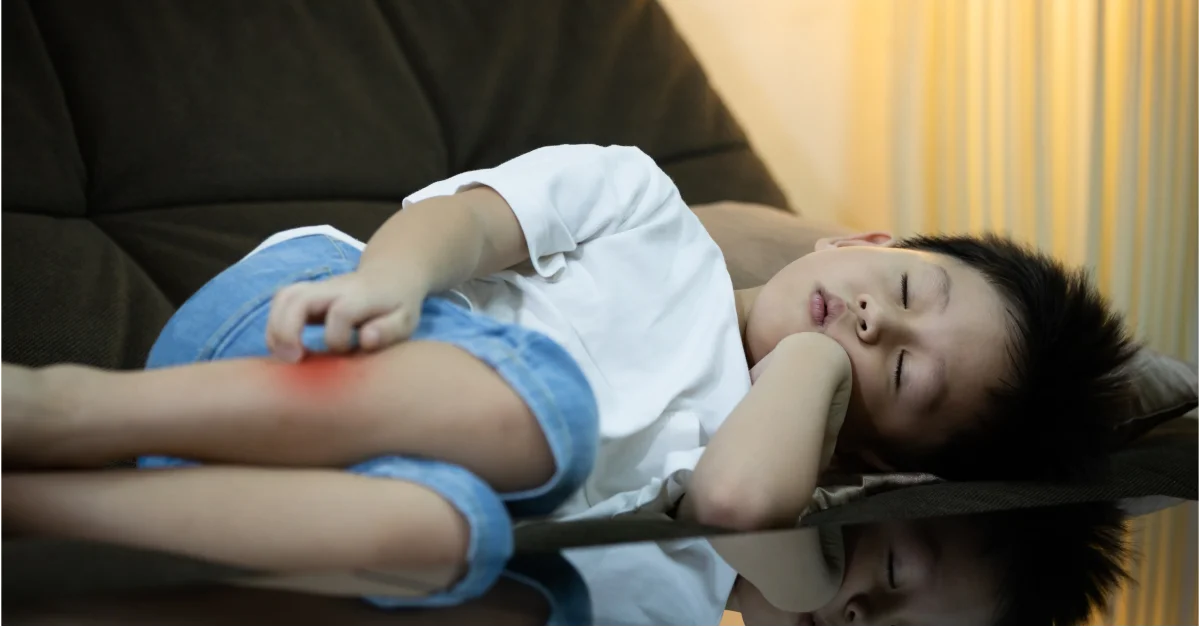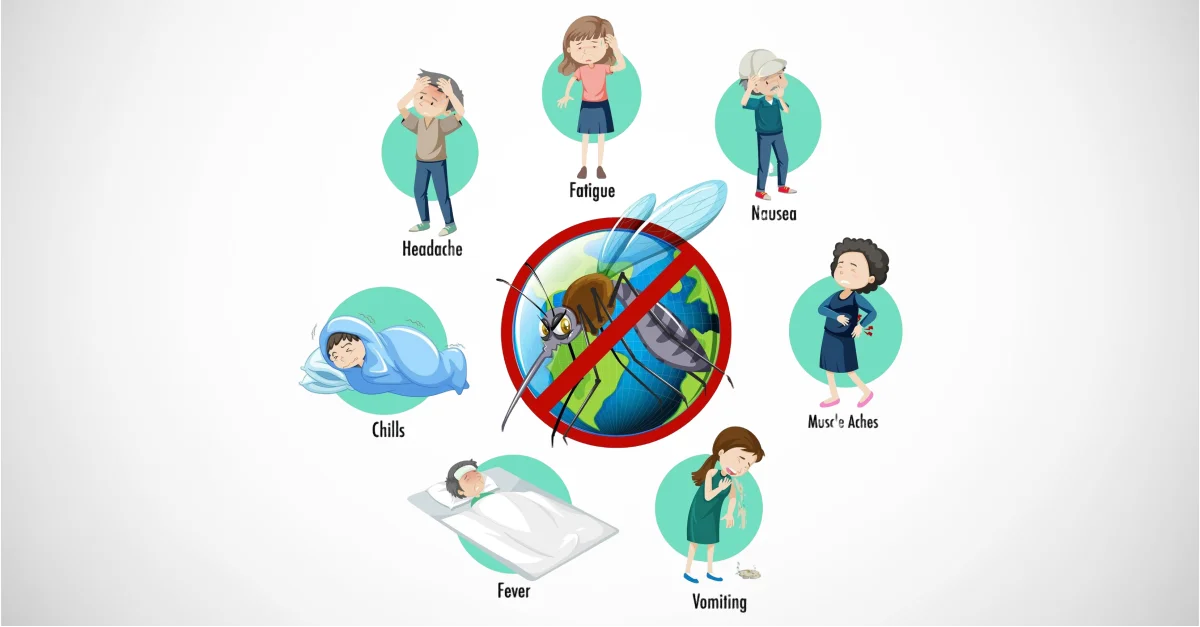Japanese Encephalitis (JE) is a viral infection that primarily affects the brain, causing inflammation and severe neurological complications. While JE has been a concern in parts of Asia and the Pacific Islands for many years, recent developments in its spread, advancements in prevention, and evolving treatment options have made it crucial to raise awareness about this potentially life-threatening disease.
What is Japanese Encephalitis?
Japanese Encephalitis is caused by the Japanese Encephalitis Virus (JEV), which is transmitted by mosquitoes, particularly the Culex species. The virus is prevalent in rural and agricultural regions where pigs and water birds serve as hosts, allowing the virus to multiply and spread. While mosquitoes transmit the virus to humans, it is primarily an animal disease.
In most cases, people infected with JEV will not exhibit symptoms. However, approximately one in 250 infected individuals will develop severe symptoms, leading to encephalitis — inflammation of the brain — which can be fatal or result in long-term neurological complications.
Causes and Transmission
Japanese Encephalitis is transmitted through the bite of an infected mosquito. The mosquitoes responsible for spreading the virus breed in stagnant water, which is common in agricultural regions. Pigs and birds, which act as reservoirs of the virus, are often found in these areas, creating an ideal environment for the virus to thrive. While mosquitoes are the main vector, it is important to note that the virus does not spread directly from person to person.
Although the virus is most commonly found in Southeast Asia and parts of the Pacific Islands, its spread has been noted in other regions. As climate change and human population movements continue, the potential for wider outbreaks has grown, requiring a vigilant response from health authorities and communities alike.
Symptoms of Japanese Encephalitis
In many cases, Japanese Encephalitis will go unnoticed, as most individuals remain asymptomatic. However, when symptoms do occur, they can be severe and even fatal. The symptoms typically appear 5 to 15 days after being bitten by an infected mosquito and can include:
- High fever: Often the first noticeable symptom, which can lead to chills and discomfort.
- Headache: Intense headaches are common and may worsen over time.
- Neck stiffness: This can be a sign of encephalitis, which affects the brain and spinal cord.
- Confusion or changes in mental state: As the infection progresses, it can cause confusion, disorientation, and altered consciousness.
- Seizures: In severe cases, the virus can lead to seizures or convulsions.
- Paralysis or tremors: Long-term neurological effects can include paralysis or involuntary muscle movements.
In children, the virus can cause more severe neurological damage, and in adults, particularly older individuals, the complications are often more serious. The fatality rate for those who develop encephalitis is significant, with estimates ranging from 20% to 30%, while many survivors experience long-term disabilities, including memory loss, motor deficits, and speech impairment.
Prevention and Vaccination
Prevention is key to controlling the spread of Japanese Encephalitis. The most effective measure is vaccination, especially for those living in or traveling to endemic areas. The Japanese Encephalitis Vaccine (JEV) is available and recommended for travelers who plan to visit areas where the disease is prevalent. Vaccination should be administered at least one month before travel for optimal protection.
In addition to vaccination, several other preventive measures can reduce the risk of infection:
- Mosquito control: Reducing mosquito breeding sites, such as stagnant water in containers, can help control the spread of the virus. Using insecticides and mosquito repellents is highly recommended.
- Personal protection: Wearing long-sleeved clothing, using mosquito nets, and applying mosquito repellent can reduce the likelihood of mosquito bites, particularly during dusk and dawn when mosquitoes are most active.
- Pigs and other animal surveillance: Monitoring the health of pigs and birds in affected areas can help predict and manage outbreaks more effectively.
The World Health Organization (WHO) has placed considerable emphasis on increasing vaccination rates and implementing vector control programs in endemic areas. In 2020, it was estimated that the vaccination campaigns had successfully reduced cases in high-risk regions. Ongoing research and improvements in vaccine development offer hope for better control of the disease in the future.
Treatment Options for Japanese Encephalitis
Currently, there is no specific antiviral treatment for Japanese Encephalitis. Supportive care is essential for managing the disease, particularly in severe cases. Treatment options aim to reduce symptoms and support vital functions while the body fights the infection. These include:
- Hospitalization: Patients who develop encephalitis often require hospitalization to monitor their neurological status and manage complications such as seizures or respiratory distress.
- Antipyretics and analgesics: Medications such as acetaminophen (paracetamol) are used to control fever and relieve pain.
- Seizure management: Anticonvulsants may be administered to control seizures if they occur.
- Physical therapy: Survivors of severe infection may require rehabilitation to recover motor skills and manage long-term disabilities.
Due to the lack of specific antiviral treatments, the best approach remains prevention through vaccination and mosquito control. The global community continues to work on developing more effective therapies for patients who do contract the virus.
Conclusion
Japanese Encephalitis remains a significant public health challenge, particularly in parts of Asia and the Pacific. The recent updates on vaccination programs, improved mosquito control efforts, and increased awareness have made a positive impact on preventing the disease. However, ongoing efforts are needed to prevent outbreaks and reduce the disease burden in endemic areas.
Vaccination and mosquito control remain the cornerstones of prevention, and travelers to endemic regions should take necessary precautions to protect themselves. It is crucial for public health officials and communities to work together to combat the spread of the disease and ensure that affected populations receive the appropriate care and support.






